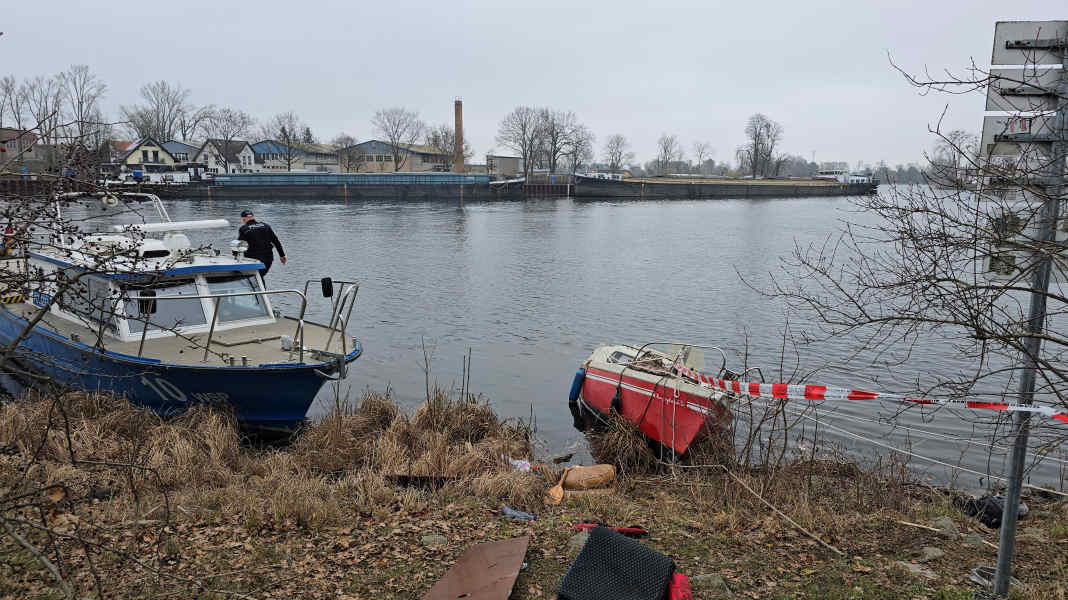
The boat capsized on the Kleiner Beetzsee in Brandenburg on Friday afternoon. At around 5 p.m., the fire brigade received several emergency calls, which triggered a major rescue operation. A 27-year-old man was initially rescued by two young people. However, he died shortly afterwards in hospital.
The second, a 25-year-old, is still missing. The two young adults were probably travelling towards the weir and capsized. It is not yet clear how the small cabin cruiser was wrecked. The small cruiser was travelling very close to the weir wall of the Stimmingsarche despite the signage prohibiting navigation on the side arm of the Havel and then capsized.
About weirs on inland waterways
Weirs on inland waterways fulfil a key role in managing water flow and water levels. The structures regulate the water flow and prevent flooding, which is particularly important in variable weather conditions. Apart from their functionality, many weirs, such as the historic locks and mills along the Havel in Brandenburg, offer an attractive panorama. The ability to control the speed and direction of the water flow makes weirs an invaluable part of the infrastructure in inland waterways.
Invisible dangers
Despite their indispensability, weirs also pose considerable dangers, especially for the inexperienced. The complex currents and eddies that can form near a weir make it a potentially dangerous place. A boat can be caught in the wake of a weir or even capsize. In addition, the underwater current can pull swimmers or divers into the depths. Entering weirs is generally strictly prohibited and approaching them by boat should also be done with extreme caution. For these reasons, careful route planning, knowledge of local conditions and appropriate safety equipment are essential for sailors in areas with weirs.
